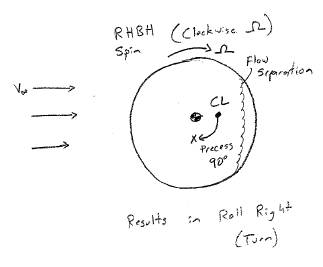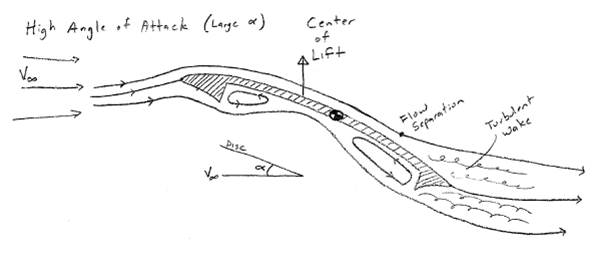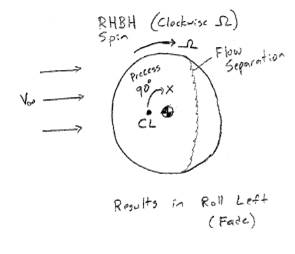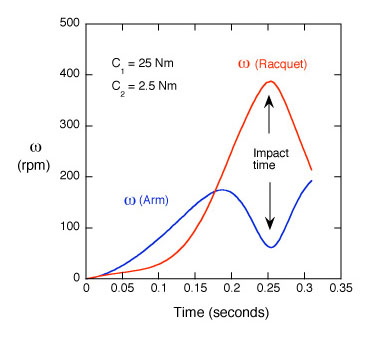Thanks guys, I'm in the same boat as quite a few of you... I wanted to tap into that special thing that was completely illusive.
I'd watch my buddy throw, and it was happening so slow and then fast that I just couldn't understand it. Then I'd ask him to slow it down and of course he didn't really know HOW he was doing it... so I would go back to the field and work through the various components (hips, feet, blah blah blah).
I'd end up with a few huge putter shots and think that I'd found that special magic... but what was probably happening was that I was getting lucky and hitting the timing a little better, added with some bigger forces from those hips, etc, but I was still missing on the magic.
I think in my next blog post, I really want to figure out a way to plain-english explain that magic mechanism, which I don't really have a good idea what to call...
The best way I've thought of yet, seems to be that you have a dedicated end-point where you are releasing the disc (the release point). It's at a physical location out in front of you and I'm going to call it Release Station!
You gotta get off the train there at EXACTLY 1:00pm, because that's when your hand will be there.
The single most efficient means of creating hand speed, is to say "how far can I keep my hand away from Release Station, knowing that my hand WILL end up at the release point at 1:00?"
The longer you stay down the tracks a ways... let's say you're still out at "Hand on the Outside Bend" which is 10" from the station until 12:59:59.80 - that means the train is going to have to do about 100mph in that last 2 tenths of a second to get to the station on time.
That's why pulling up to "Hand on the Outside Bend" already doing 80mph, doesn't make any sense... you might blow past the bend and end up 8" from the station, which means that the train doesn't have to accelerate to 100mph to get there on time.
It would only have to go 80mph to make it the shorter distance, which would suck, because we could have just rolled up the bend at 20mph and known we'd waited as long as possible and then exploded to the full 100mph to get there on time.
That's also why hand strength/grip is really important. If you manage to start the acceleration at a nice 20mph and you're right at the last 3" before hitting the station, but you let go because the disc slips out - you might have only accelerated to 80mph because your train blew off the tracks.
Holding on with all that hand speed, multiplied by an opening wrist, means that disc is coming out like a rocket at the station - so find the balance to keep it on the tracks all the way until your release point.
That's the best explanation I've thought of yet.
And just to be clear, the time I used had nothing to do with a clock face on the disc.
I know we often refer to the 9:00 to 3:00 position when talking about this stuff and I don't want to confuse the two things.







